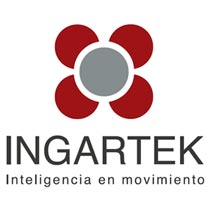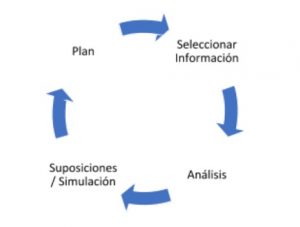
The future urban planning of your city is already present
The future urban planning of your city is already present. Today, urban planning is one of the basic pillars of public administration. Planning the development of a city makes it possible to guarantee the well-being of its inhabitants, the main objective pursued by the institutions.
There are multiple definitions of planning because its use occurs in different fields and sectors, such as in the accessibility plans of cities, to name a few. Planning is a concept linked to the spirit of improvement of the human being, and to its organizational and creative capacity, which allows us to anticipate the future. Since ancient times, we have sought to predict the future and, based on this, take measures to better adapt to it. The same thing happens in urban planning plans: the improvement of cities is sought, for which measures are taken based on the analyzes carried out to date.
How can you define the word planning?
There are different definitions that may be valid in this context:
- Definition Terry: “It is the process of selecting information and making assumptions about the future to formulate the activities necessary to achieve the objectives.”
- Sisk definition: “It is the process of evaluating all relevant information and probable future developments, resulting in a recommended course of action: a plan”
Both definitions speak of a process to achieve an end, a process that requires different phases: Select information (you must know what information is relevant), make assumptions (a trend must be assumed) and probable futures (you must to simulate options and see possible scenarios). If we apply this theory to urban planning, the process to create a sustainable city with sustainable urban mobility would start from the collection of current data that would mark the deficiencies and real needs of the inhabitants of that city. Then come the assumptions: analysis of data on the use of public transport, most used routes, potential commercial areas of the city that should be converted into pedestrian areas…
The importance of planning
The planning process provides action with an intelligent process to make the best decisions for the future; that is, working to achieve the best results. To make decisions today, we must select the appropriate information and make the correct assumptions that allow us to develop the necessary activities to achieve an objective.
In this process we must take into account two elements that make it extremely difficult:
- The period we are planning. The longer the period, the greater the uncertainty and the more possibilities that the assumptions are not valid, reducing the impact sought. Planning for the long term is a very difficult exercise.
The necessary investment. The greater the need for investment, the more complicated the decision is and the probability of error is greater, since the ability to act is reduced.
Technology as data capture, analysis and simulation
These two circumstances occur in public administration planning in the field of mobility and traffic. The administration works in a very complicated field, where the capacity for failure is very high and where the entire process must be improved: data collection, analysis and simulation.
Through technology, the administration begins to have weapons to improve this process in a more exact and autonomous way. The evolution of this process has been positive in recent years, for two reasons:
- The appearance of better data sources that better simulate reality (traffic simulation, for example) and increase the certainty in the simulated scenarios with higher percentages. Improving data capture and post hoc analysis. Being up-to-date with new data sources is essential for this positive evolution of the certainty of the analysis.
- The online availability of more data that offers us a closer monitoring of reality, reducing the period of data collection and analysis, as well as the actions that follow. Applying big data technology, which allows us to handle larger amounts of data, and developing simulators that can be used by departments on a day-to-day basis, the leap in performance capacity is considerable.
Tools interconnected with society
For all these reasons, new data and new tools will provide us with greater certainty and a better knowledge of reality on a day-to-day basis. This will reduce the weight of strategic plans and increase the importance of short-term management.
Taking all this into account, why only analyze every 5 years with lower certainties? Why simulate and plan for 5 years if we can do it quarterly? Why wait for citizen complaints to reach us by accumulation, if I can have information on line about them?
In the medium term, the administrations will have tools interconnected with society that will allow them to continuously analyze its evolution. This will allow them to anticipate problems with proactive solutions, and improve the profitability of resources due to greater effectiveness.
If you are interested in finding out about these alternatives, at Ingartek we open the door to the future for you. As an urban mobility consultancy, we will help you plan the future of your city starting today.


